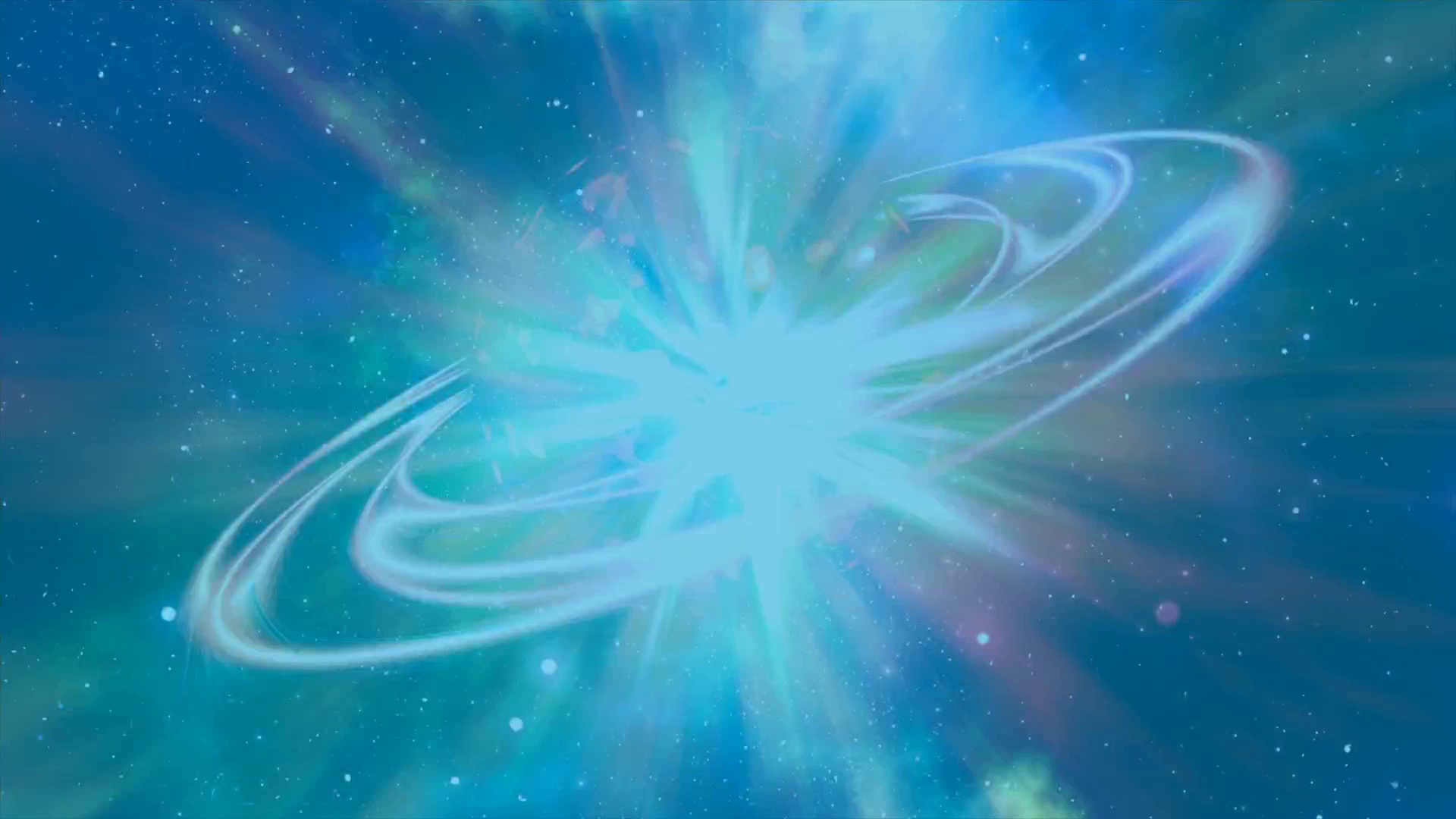
Week 4: Application Assignment
Scene 1 (0s)
[Audio] . Hello, my name is Doctor Cynthia Borel and I am your instructor. Welcome to week number five presentation on Spatial and Temporal Contiguity Principles! In today's world, where remote learning and online tutorials have become the norm, it is essential to create presentations that are not only informative but also engaging. This is where the Spatial and Temporal Contiguity Principles come into play. These principles help us understand how to present information in a way that is easy to comprehend and remember. By following these principles, we can create presentations that are not only effective but also enjoyable for the audience. So, let's dive deeper into these principles and see how they can help us create better tutorial presentations..
Scene 2 (51s)
[Audio] Our objective for today is that Upon completion of this presentation, the learner will be able to define spatial and temporal contiguity principles and ways to avoid/reduce it based on Mayer's Principles..
Scene 3 (1m 9s)
[Audio] The Spatial Contiguity Principle is based on the idea that learners better understand information when corresponding words and pictures are presented close to each other. This principle suggests that presenting related information in close proximity can reduce cognitive load, which makes it easier for learners to process the information. This principle can be applied in tutorial presentations by placing relevant images and text side-by-side or near each other on the same slide. For example, if you were creating a tutorial presentation about cooking, you could have an image of the ingredients on one side of the slide and the recipe instructions on the other side. This would allow learners to easily connect the two pieces of information and better understand the overall concept..
Scene 4 (1m 57s)
[Audio] The Temporal Contiguity Principle is all about timing. It states that information should be presented at the same time as the corresponding visuals or animations. This helps learners process the information more effectively. For example, if you're explaining the blood flow of the human heart, you should show the heart on the screen while explaining how the blood flows through the body. This helps learners to understand the purpose and functionality in context rather than trying to remember the information later..
Scene 5 (2m 31s)
[Audio] One common mistake presenters make when using the Spatial and Temporal Contiguity Principles is overloading their slides with too much information. This can overwhelm the audience and make it difficult for them to focus on the key points. To avoid this mistake, limit the amount of text and graphics on each slide and use animations to reveal information gradually. Another mistake is failing to provide enough context for the audience to understand the information being presented. Presenters should provide clear explanations and examples to help the audience connect the new information with their existing knowledge. Additionally, presenters should avoid using jargon or technical terms that may be unfamiliar to the audience..
Scene 6 (3m 17s)
[Audio] In conclusion, we have learned about the Spatial and Temporal Contiguity Principles and how they can be used to create effective tutorial presentations. By placing related information close together and presenting it at the same time, you can help your audience understand and remember your message more easily. When it comes to creating effective tutorial presentations, combining the Spatial and Temporal Contiguity Principles can make all the difference. By using both principles together, you can create a seamless learning experience that engages your audience and helps them retain information. The Spatial Contiguity Principle involves presenting related words and images close to each other on the screen. The Temporal Contiguity Principle involves presenting related words and images at the same time. By combining these two principles, you can ensure that your audience is focused on the most important information and that they can easily understand how different concepts relate to each other. So feel free to experiment with these principles in your own presentations. Try different combinations of spatial and temporal contiguity to see what works best for your message. With practice, you'll be able to create presentations that are not only informative but also enjoyable to watch. Have a wonderful day. Bye.
Scene 7 (4m 42s)
References. Mayer, R. (2021). Multimedia learning. Cambridge University Press. Kindle Edition..